

Articles
How To Store Bagged Salad
Modified: February 24, 2024
Learn the best tips and tricks for storing bagged salad to keep it fresh and delicious for longer. Read our helpful articles on proper storage techniques and avoid wasting your greens!
(Many of the links in this article redirect to a specific reviewed product. Your purchase of these products through affiliate links helps to generate commission for Storables.com, at no extra cost. Learn more)
Introduction
Welcome to the world of bagged salads! These convenient and nutritious greens have revolutionized our ability to enjoy fresh, crisp salads without the hassle of washing and chopping. Bagged salads have become a staple in many households, offering a quick and easy solution for busy individuals and families.
However, once you bring home your bagged salad, it’s crucial to understand the importance of proper storage to maintain its freshness and prevent spoilage. The last thing you want is for your bagged salad to turn into a mushy mess before you have the chance to enjoy it.
In this article, we will delve into the art of storing bagged salads, sharing tips and tricks to help you keep your greens fresh and delicious for as long as possible. From choosing the right container to preventing moisture and odors, we’ve got you covered.
So, whether you’re a bagged salad enthusiast or just starting to incorporate them into your diet, read on to discover the secrets of storing bagged salads like a pro!
Key Takeaways:
- Keep your bagged salads fresh by choosing breathable containers, avoiding excess moisture, and using breathable bags. Proper storage ensures crisp, delicious salads every time.
- Revive wilted greens with ice water baths, trimming ends, and moisture infusion. Don’t let wilted bagged salads go to waste—restore their freshness and enjoy!
Read more: How To Store Salad
Importance of Proper Storage
Proper storage of bagged salads is essential to maintain their freshness, texture, and nutritional value. When exposed to improper storage conditions, bagged salads can quickly deteriorate, causing wilting, browning, and an unpleasant taste. Here are a few reasons why proper storage is crucial:
- Freshness: Bagged salads are typically pre-washed and packaged in a controlled environment to extend their shelf life. However, once the package is opened, it’s important to store the salad properly to prevent rapid deterioration. Proper storage helps to preserve the crispness and flavor of the greens, ensuring a satisfying salad experience.
- Nutritional Value: Leafy greens are rich in vitamins, minerals, and antioxidants that contribute to our overall health. However, exposure to light, air, and moisture can lead to nutrient degradation. By storing bagged salads correctly, you can help preserve the nutritional content and maximize their health benefits.
- Cost Savings: Nobody likes wasting food, especially when it comes to pricey bagged salads. By storing them properly, you can extend their freshness and prevent premature spoilage, ultimately saving money and reducing food waste.
Now that we understand the importance of proper storage, let’s dive into the essential steps to ensure your bagged salads stay fresh and delicious.
Choosing a Suitable Container
When it comes to storing bagged salads, choosing the right container is key. The container you select should provide a balance between airflow and moisture control to keep your greens fresh. Here are some tips for choosing a suitable container:
- Airtight vs. Breathable: While airtight containers may seem like the obvious choice to prevent moisture loss, they can actually lead to excess humidity and accelerated spoilage. Opt for containers that allow some airflow, such as those with perforated lids or vents. This helps maintain the optimal moisture level while preventing excess moisture buildup.
- Size and Shape: Choose a container that is appropriately sized for your bagged salad. A container that is too small may cause the greens to become cramped and easily bruised. On the other hand, a container that is too large may promote excess air circulation and moisture loss. Select a container that fits your salad snugly without causing compression.
- Transparent: Consider using a transparent or semi-transparent container so you can easily see the contents without having to open it. This way, you can monitor the freshness and condition of your bagged salad without exposing it to unnecessary air or moisture.
- Ease of Cleaning: Look for containers that are easy to clean and sanitize. This is important to maintain food safety and prevent cross-contamination. Containers with removable components or dishwasher-safe options can make the cleaning process a breeze.
- Reusable and Environmentally Friendly: Opt for containers that are reusable and eco-friendly to minimize single-use plastic waste. There are many eco-friendly options available, such as glass containers or BPA-free plastic containers, that can effectively store your bagged salads while prioritizing sustainability.
By selecting the right container, you can create an optimal storage environment that balances airflow and moisture, keeping your bagged salads fresh and tasty for longer.
Prep and Drying
Before storing your bagged salad, it’s important to give it a little bit of attention to ensure optimal freshness. Here are some prep and drying tips to follow:
- Inspect the package: Before opening the bag, check for any signs of spoilage or damage. Avoid using the salad if you notice any discoloration, sliminess, or a foul smell.
- Gently remove excess moisture: Excess moisture can promote the growth of bacteria and accelerate wilting. After opening the bag, gently blot the leaves with a clean kitchen towel or paper towel to remove any excess moisture. Be careful not to apply too much pressure, as you don’t want to bruise or crush the delicate greens.
- Separate any large or heavy items: If your bagged salad contains additional items such as nuts, cheese, or dressing packets, it’s a good idea to remove them before storing. These heavier items can contribute to moisture buildup and cause the greens to wilt faster. Store them separately and add them to your salad just before serving.
- Prep individual portions (optional): Consider dividing your bagged salad into individual portions. This can be especially helpful if you’re meal prepping or have a busy schedule. Use resealable plastic bags or small airtight containers to store each portion separately. This way, you can grab a serving-sized bag or container whenever you’re ready to enjoy a fresh salad.
- Label and date: To keep track of the freshness of your salad, label the storage container with the date of purchase or the date you prepared it. This will help you consume it before it loses its quality.
By following these prep and drying steps, you can optimize the condition of your bagged salad and maximize its shelf life.
Storing in the Fridge
Once you’ve prepped and dried your bagged salad, it’s time to store it in the refrigerator. The fridge provides a controlled environment that helps slow down the spoiling process and keeps your greens fresh. Here are some guidelines for storing bagged salads in the fridge:
- Temperature: Set your refrigerator temperature to around 40°F (4°C). This temperature range helps maintain the freshness and quality of the greens. Make sure to avoid placing the bagged salad near the back of the fridge where temperatures tend to be colder, as extreme cold can lead to freezing and damage the texture of the greens.
- Placement: Store your bagged salad in a designated area of the refrigerator to prevent cross-contamination with other foods. It’s best to keep it away from raw meats, fish, and strong-smelling items, as the odors can transfer and affect the taste of your greens.
- Consider crisper drawer: The crisper drawer in your refrigerator is specifically designed to maintain the optimal humidity level for produce. If your bagged salad does not come with a breathable bag, consider placing it in the crisper drawer to help regulate moisture and keep the greens fresh for a longer period.
- Keep away from liquids: To maintain the crispy texture of the greens, ensure that your bagged salad is kept away from any liquid or moisture sources in the refrigerator. Avoid storing it in the same drawer or shelf as fruits or vegetables with high water content, as they can release moisture and accelerate wilting.
- Refrigerator door: While the refrigerator door is a convenient spot, it is subject to frequent temperature fluctuations due to opening and closing. It’s best to avoid storing bagged salads in the door as they may be exposed to warmer temperatures, causing them to spoil faster.
By following these tips, you will create an optimal storage environment in the fridge and extend the freshness of your bagged salad.
To store bagged salad, place a paper towel in the bag to absorb excess moisture and keep the greens crisp. Then seal the bag tightly and store it in the crisper drawer of the refrigerator.
Read more: How To Store Egg Salad
Using Breathable Bags
When it comes to storing bagged salads, using breathable bags is a game-changer. These specialized bags allow for airflow, which helps to regulate moisture levels and prevent the accumulation of excess condensation. Here’s why using breathable bags is beneficial:
- Preserves freshness: Breathable bags allow for air circulation, preventing the build-up of excess moisture. This helps to preserve the crispness and freshness of the greens, extending their shelf life.
- Reduces condensation: When greens are packed tightly in a sealed bag, condensation can form, leading to moisture buildup and accelerated spoilage. Breathable bags allow moisture to escape, reducing the chances of wilting and extending the quality of the greens.
- Controls humidity: In a sealed bag, humidity levels can become elevated, leading to a breeding ground for mold and bacteria. Breathable bags help to regulate the humidity, creating a healthier storage environment for your bagged salad.
- Easy to find: Breathable bags specifically designed for storing produce are readily available in most grocery stores. Look for bags with small perforations or mesh material that allow for proper airflow. They often come in various sizes, making it convenient to find the right fit for your bagged salad.
- Reusable and eco-friendly: Many breathable bags are reusable and can be washed and used multiple times. By using these bags, you can reduce single-use plastic waste and contribute to a more sustainable lifestyle.
When storing your bagged salad, transfer it from the original packaging to a breathable bag. This will provide optimal airflow and help maintain the quality of the greens over an extended period.
Avoiding Moisture
Moisture is the enemy when it comes to storing bagged salads. Excess moisture can cause the greens to wilt, become slimy, and spoil faster. To ensure your bagged salad stays fresh and crisp, it’s important to take steps to avoid moisture buildup. Here are some tips to help you keep your greens dry:
- Properly dry the greens: After washing or lightly blotting the leaves, make sure they are as dry as possible before storing. Wet greens can contribute to moisture accumulation in the bag. Gently pat them dry with a clean kitchen towel or use a salad spinner to remove excess water.
- Use paper towels or moisture-absorbing packets: Place a few sheets of paper towels or moisture-absorbing packets at the bottom of the storage container or bag. These will help absorb any excess moisture that may be present and prevent it from coming into contact with the greens.
- Replace damp paper towels: If you notice that the paper towels or moisture-absorbing packets have become saturated with moisture, replace them with fresh ones. This will ensure continued moisture absorption and prevent the greens from sitting in a damp environment.
- Avoid washing the greens too far in advance: Try to avoid washing the bagged salad too far in advance of when you plan to use it. The longer the greens sit in a damp state, the more likely they are to wilt and spoil. Aim to wash and dry the greens just before you are ready to enjoy them.
- Avoid storing with wet ingredients: If your bagged salad comes with additional items like dressings or toppings, make sure they are dry before adding them to the storage container. Wet ingredients can introduce moisture to the greens, speeding up their deterioration.
By taking these precautions to avoid moisture, you can maintain the freshness and quality of your bagged salad for a longer period.
Preventing Odors
When storing bagged salads, it’s crucial to prevent odors from infiltrating and tainting the flavor of your greens. Strong smells can quickly transfer to the bagged salad, making it less appetizing to eat. Here are some tips to help you prevent odors:
- Store in airtight containers: Choose airtight containers or resealable bags specifically designed for storing produce. These containers create a barrier against outside odors, ensuring that the bagged salad remains untouched by strong-smelling foods in the refrigerator.
- Keep away from strong-smelling items: Be mindful of the items you store near your bagged salad. Avoid placing it near pungent foods like onions, garlic, or strong cheeses. These items can easily transfer their aroma to the greens, resulting in an unpleasant taste.
- Utilize odor-neutralizing agents: Place odor-neutralizing agents, such as baking soda, coffee grounds, or activated charcoal, in the refrigerator near your bagged salad. These substances can help absorb and reduce unwanted odors, keeping your greens fresh and odor-free.
- Cover the salad: If you store your bagged salad in an open container or bowl in the refrigerator, cover it with a lid or plastic wrap. This extra layer of protection prevents the absorption of odors from the surrounding foods.
- Store aromatic items separately: If you have items with strong odors that you would like to enjoy with your bagged salad, store them separately and add them just before serving. This way, you can enjoy the flavors without compromising the freshness of the greens.
By taking these measures to prevent odors, you can ensure that your bagged salad remains aromatic and enticing, ready to be enjoyed whenever you’re in the mood for a healthy and flavorful meal.
Revitalizing Wilted Greens
Despite our best efforts, there may be times when we discover that our bagged greens have wilted. However, there’s no need to despair! You can still salvage your wilted greens and restore them to their former crispness and freshness. Here are some techniques to help revitalize wilted greens:
- Ice water bath: Fill a large bowl with ice-cold water and submerge the wilted greens, ensuring they are fully immersed. Let them sit for about 10-15 minutes to allow the leaves to absorb the cold water. This technique helps to rehydrate and crispen the greens, making them more vibrant and refreshing.
- Trim the ends: If the ends of the wilted greens appear dry or discolored, trim them off using a sharp knife or scissors. This will remove any damaged portions and promote better water absorption, aiding in the revival process.
- Moisture infusion: Lightly mist the wilted greens with water or place a damp paper towel over the leaves. Then, seal them in an airtight container or bag and refrigerate for a few hours or overnight. The moisture will help rejuvenate the greens and restore their crispness.
- Salad spinner: If you have a salad spinner, place the wilted greens inside and spin them at high speed for a few seconds. This process helps to remove excess moisture and revive the texture. Make sure to pat the greens dry with a clean towel before storing or using them in a recipe.
- Steam rejuvenation: If your greens are only slightly wilted, you can try steaming them briefly. Place the greens in a steamer basket or colander over a pot of simmering water. Steam them for a minute or two until they become slightly wilted, then immediately transfer them to a bowl of ice water to stop the cooking process. This method can help refresh the greens and bring back their crispness.
By employing these techniques, you can often revive and restore wilted bagged greens, extending their usability and ensuring you don’t waste any food.
Read more: How To Store Salad Mix
Conclusion
Proper storage of bagged salads is essential for maintaining their freshness, flavor, and nutritional value. By following the tips and techniques outlined in this article, you can ensure that your bagged salads stay crisp, delicious, and ready to enjoy whenever you’re in the mood for a healthy meal.
From choosing a suitable container to prevent moisture and odors, each step plays a vital role in keeping your bagged salad at its best. Using breathable bags allows for proper airflow, preventing excess condensation and maintaining optimal moisture levels. Avoiding moisture and storing the salad in the fridge with care help to slow down the spoiling process and extend the shelf life of your greens.
Furthermore, by taking precautions to prevent odors and knowing how to revitalize wilted greens, you can ensure that your bagged salads always taste fresh and appealing.
Remember, bagged salads offer a convenient and healthy option for quick and easy meals. By implementing the storage techniques shared in this article, you can make the most out of your bagged salads, reduce food waste, and enjoy refreshing and nourishing salads whenever you desire.
So, go ahead and put these storage tips into practice, and take your bagged salads to the next level of freshness and flavor!
Frequently Asked Questions about How To Store Bagged Salad
Was this page helpful?
At Storables.com, we guarantee accurate and reliable information. Our content, validated by Expert Board Contributors, is crafted following stringent Editorial Policies. We're committed to providing you with well-researched, expert-backed insights for all your informational needs.
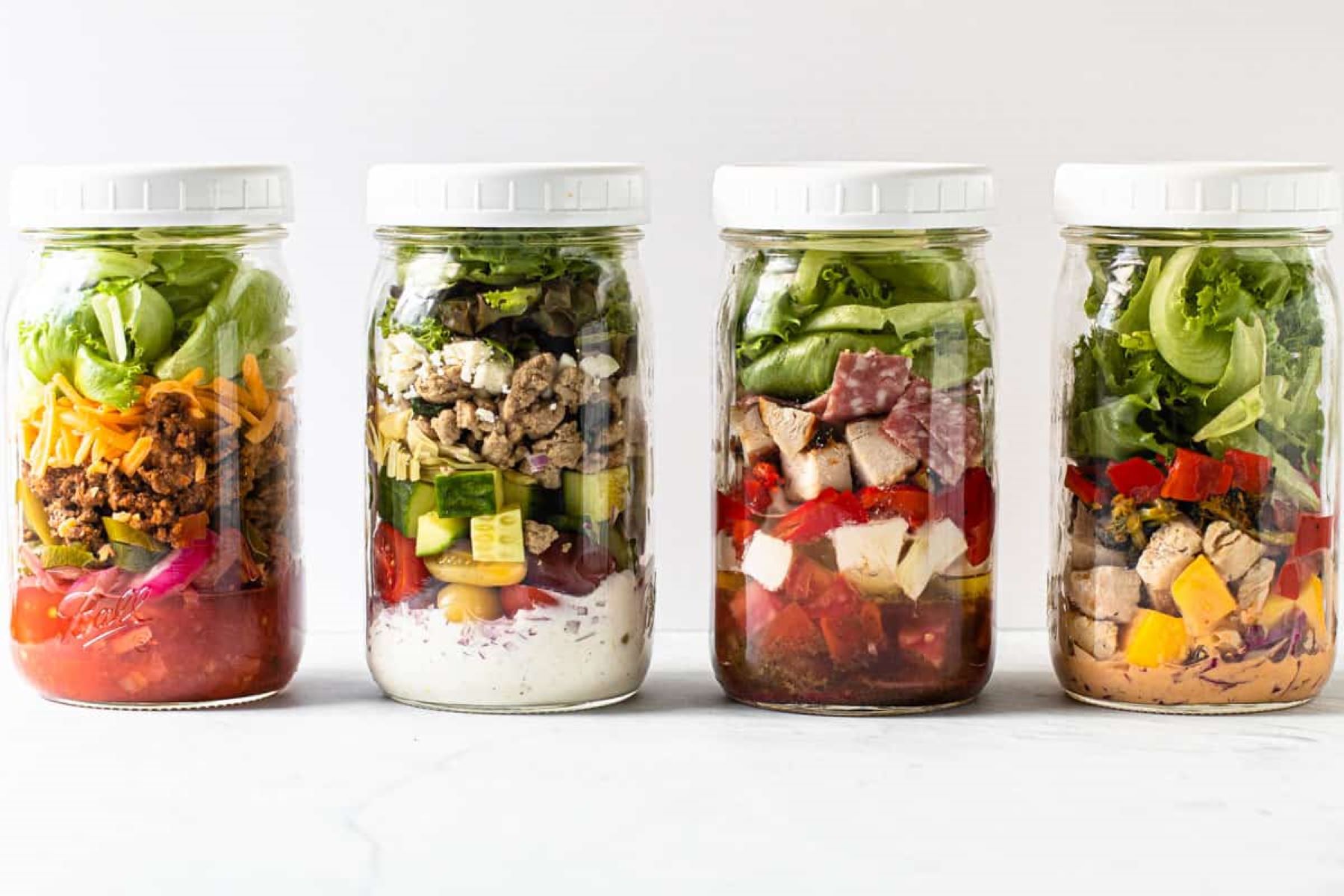
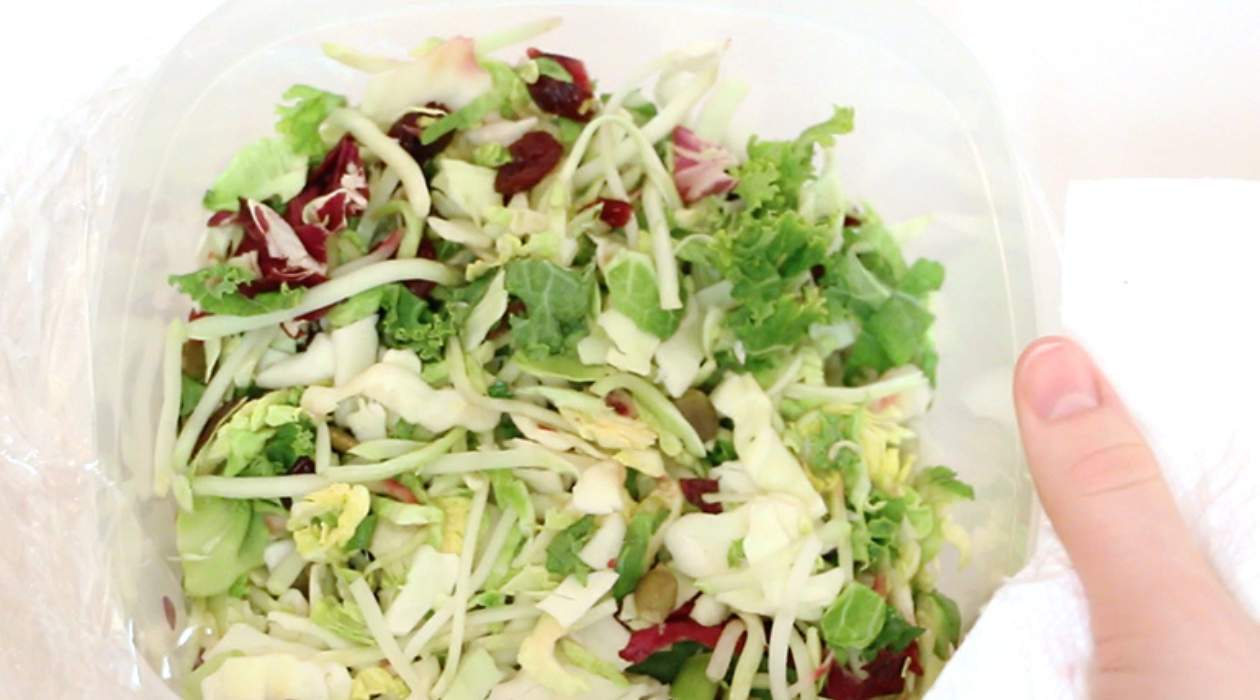

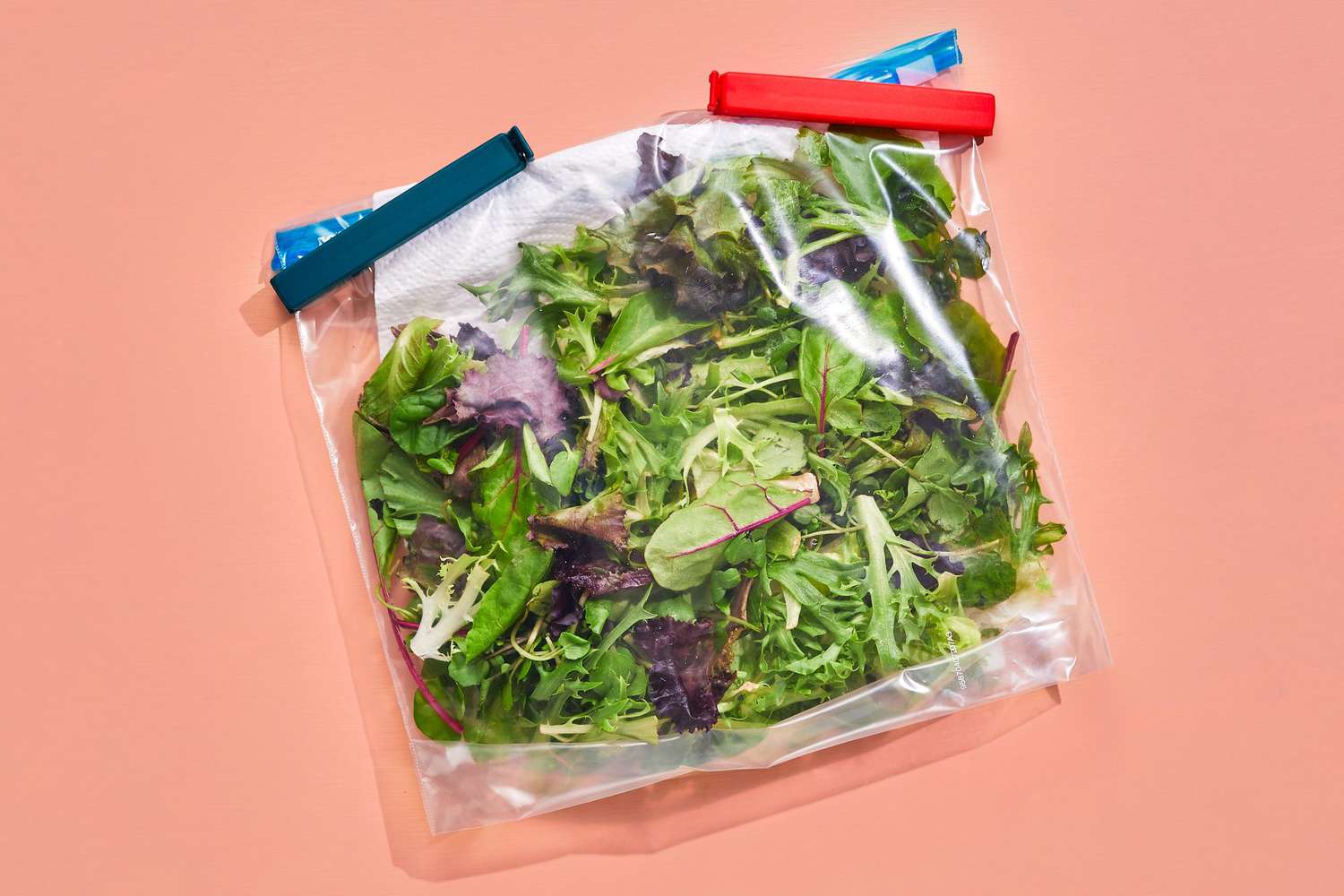
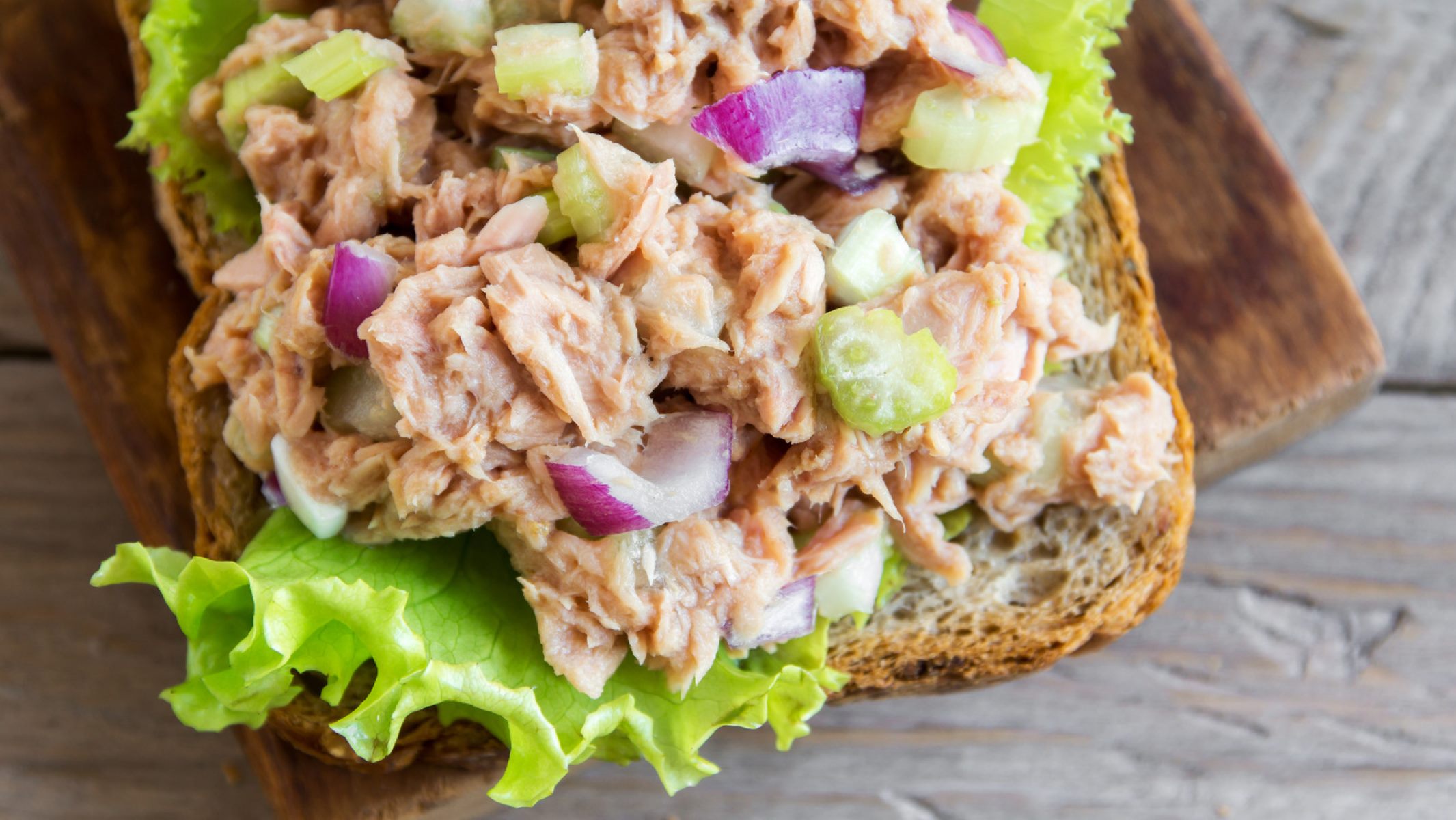

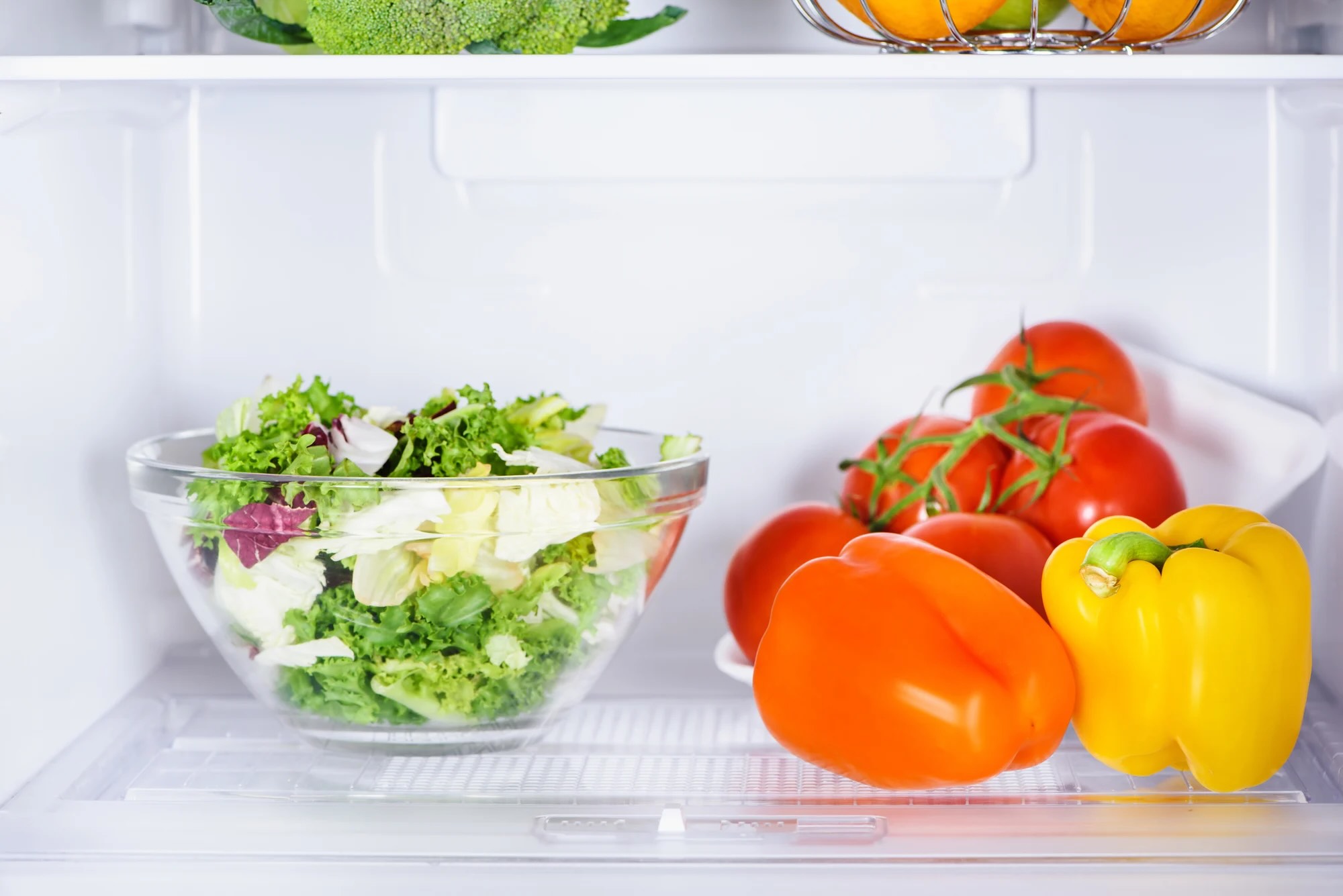


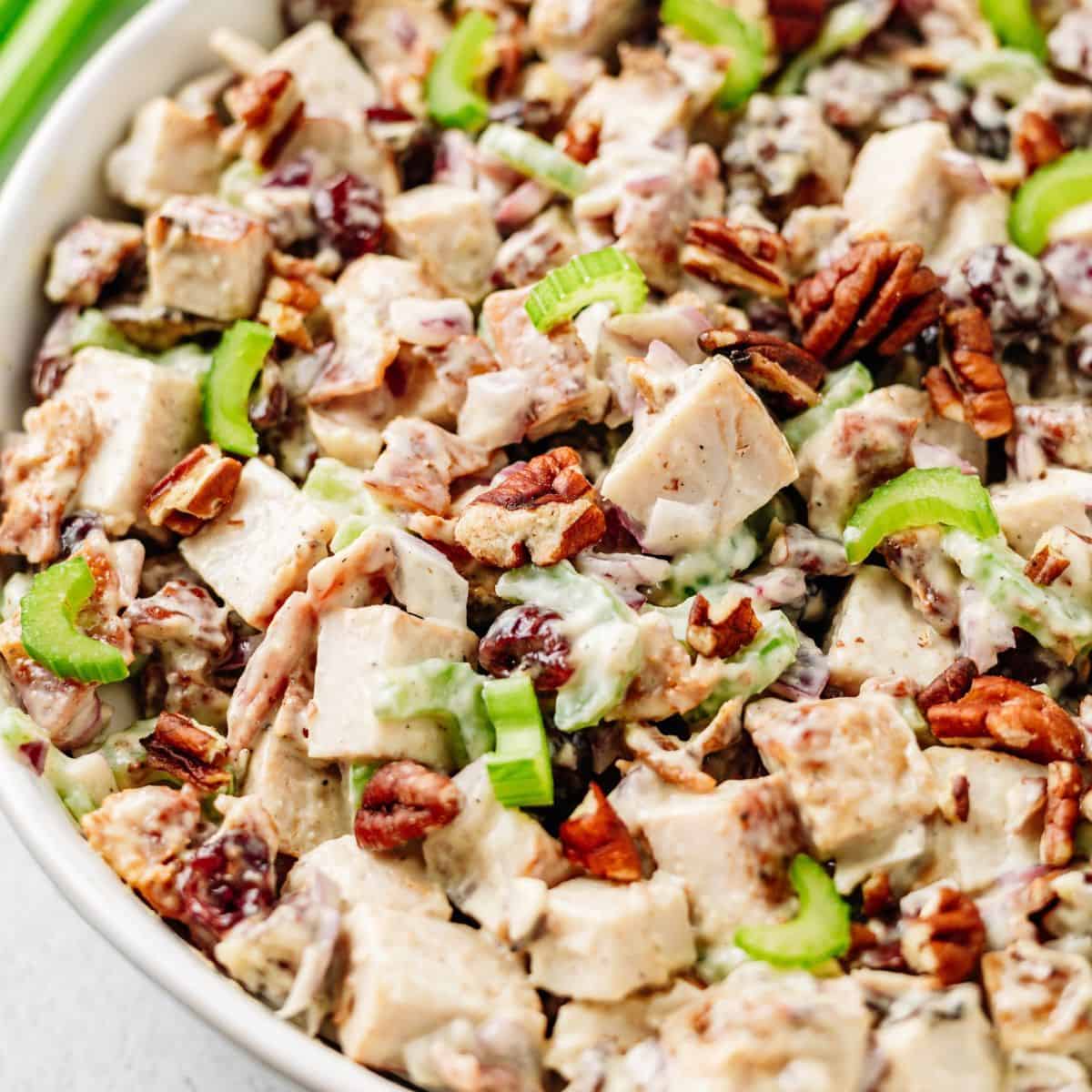
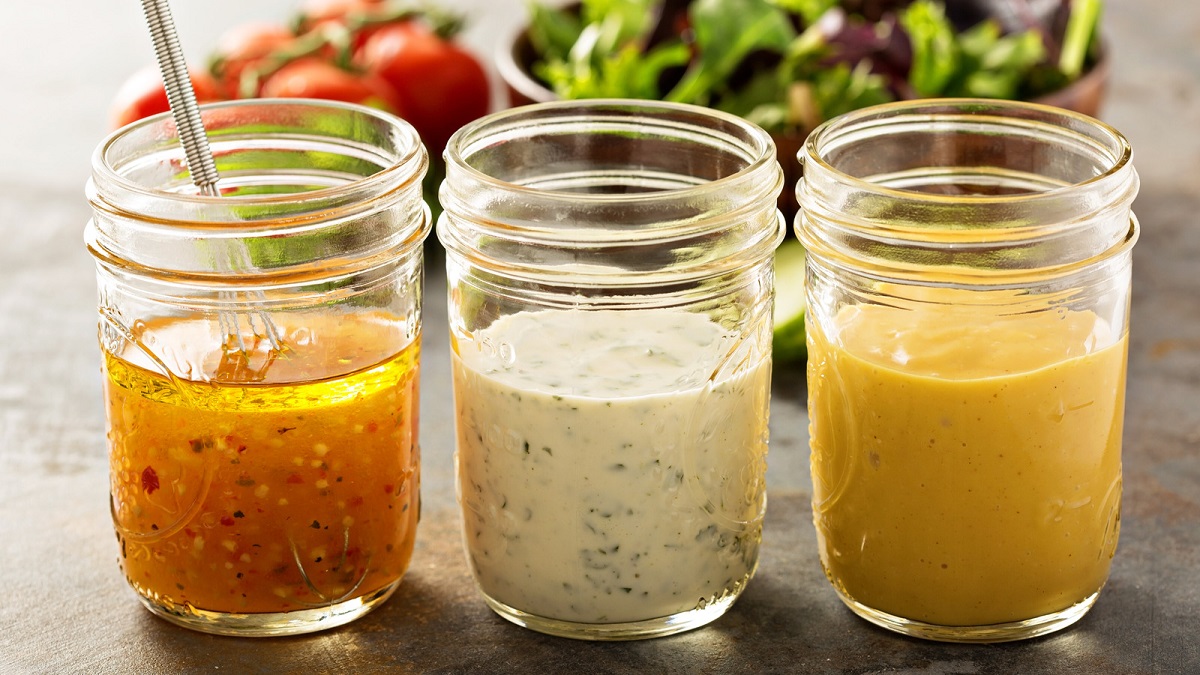
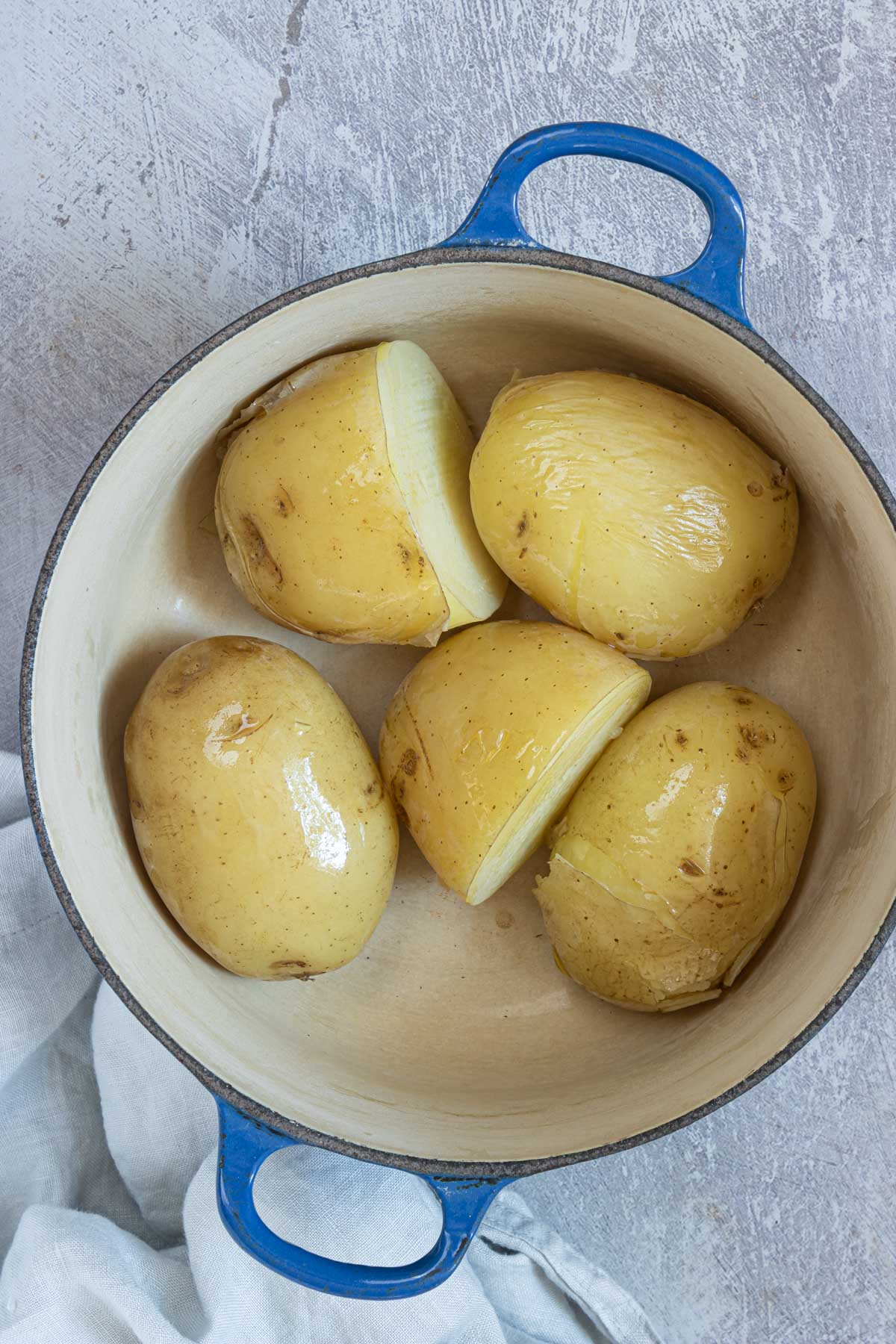


0 thoughts on “How To Store Bagged Salad”